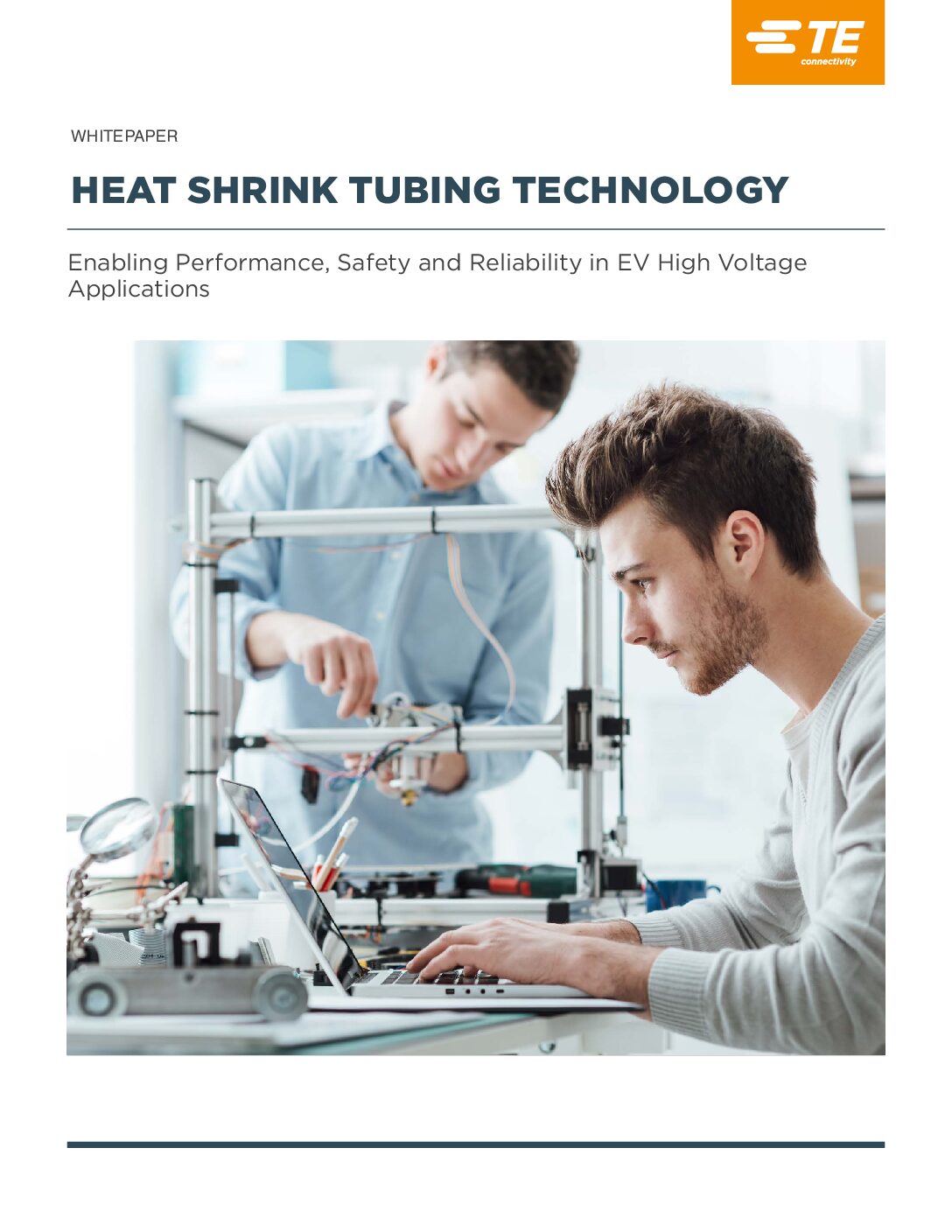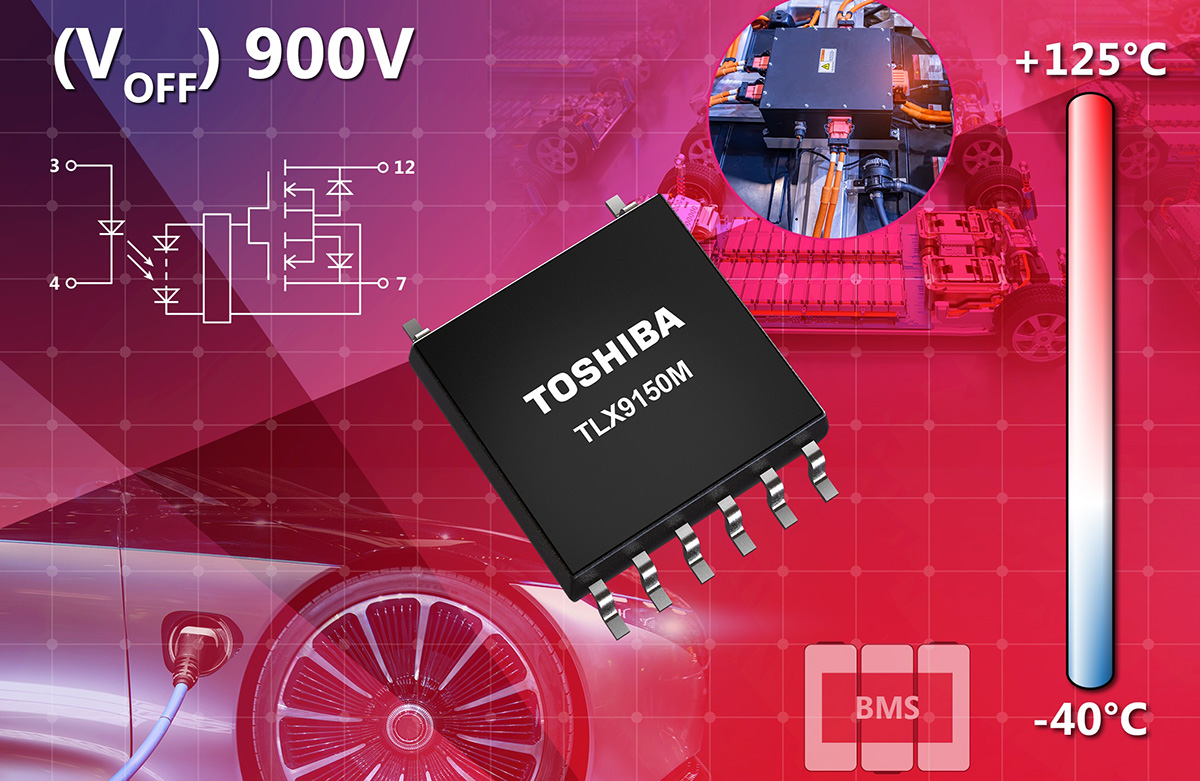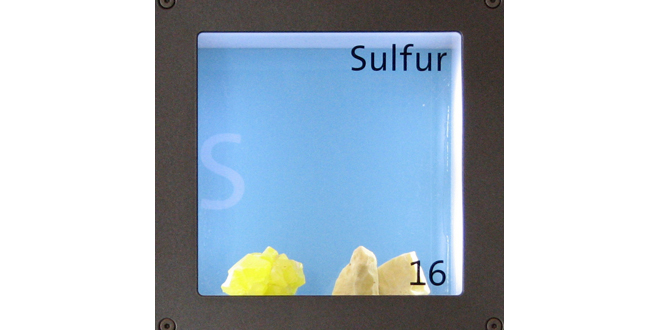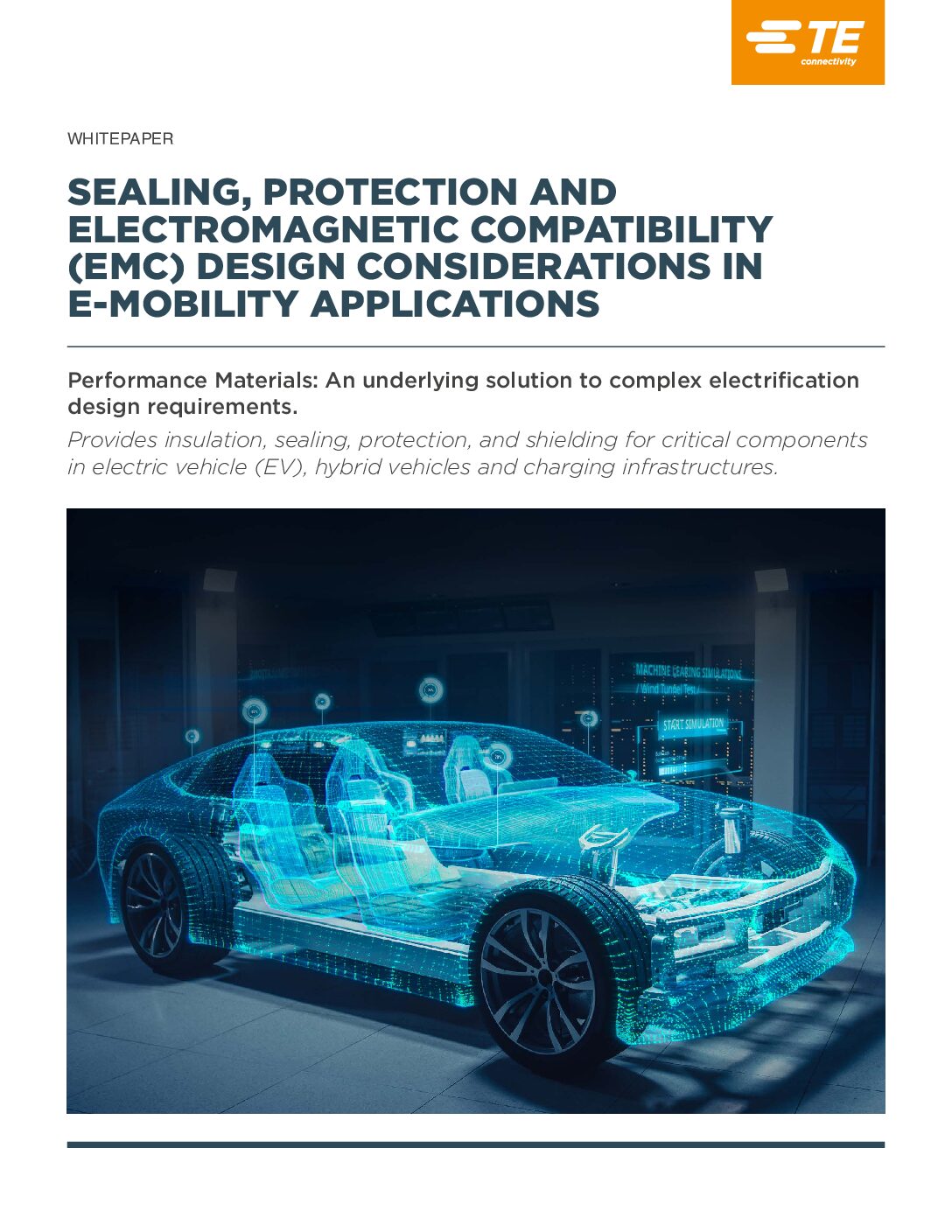Heat shrink tubing technology for high voltage EV applications (Whitepaper)
Sponsored by TE Connectivity. Manufacturers and operators of systems with complex electrical infrastructures need reliable, proven options to insulate components against heat and electric current, provide strain relief for connectors and joints/splices, and protect and seal electric cable, wiring and components against water ingress, exposure to chemicals and damage from abrasion or bending. Today, heat... Read more »

Manufacturers and operators of systems with complex electrical infrastructures need reliable, proven options to insulate components against heat and electric current, provide strain relief for connectors and joints/splices, and protect and seal electric cable, wiring and components against water ingress, exposure to chemicals and damage from abrasion or bending. Today, heat shrink tubing and components offers a versatile, reliable and cost-effective option to address all of these operational challenges.
In recent years, the development and commercialization of co-extruded and triple-extruded heat shrink components have created additional ways to combine form and function. Specifically, co-extruded heat shrink parts benefit from the marriage of two high performance materials, by combining an outer heat shrink thermoplastic layer with an inner elastomeric material. Once the single co-extruded tube or part is installed, its inner layer conforms more reliably to irregular surface, while the outer heat shrink layer protects the underlying electrical cable or component from challenges present in the surrounding environment.
This white paper provides an in-depth discussion of the inherent advantages that can result when heat shrink components and accessories are selected to terminate and connect electrical cables and connections, to maximize system reliability, reduce unplanned downtime, streamline field installation, and simplify the management of spare parts inventories to support routine maintenance and operation.

 admin
admin 




















